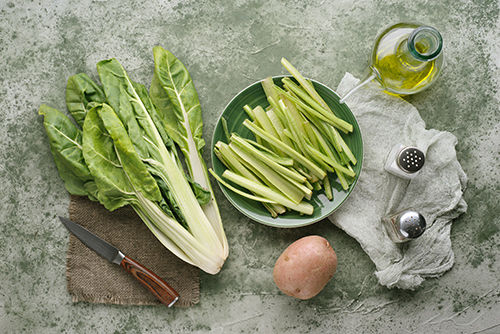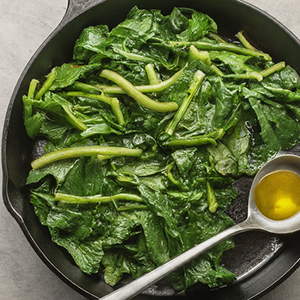Contents
Besides the many health benefits of borage, it is an unassuming and little-known Mediterranean green leafy vegetable that rewards those with the patience to remove the tiny hairs on its leaves and stalks with its delicate flavor and significant medicinal effects.

Borage Scientific Facts
- Scientific name – Borago officianalis L.
- French – Bourrache.
- Spanish – Borraja.
- German – Borretsch.
- Description – Leaves and stalks of the borage, an annual herbaceous plant of the botanical family Boraginaceae, which grow from 7.87 inches to 15.75 inches.
- Environment – Native to the Mediterranean region where it is cultivated. It is also found wild.
Health Benefits of Borage

This vegetable’s carbohydrate, fat, and protein content is minimal and contains few calories. It is rich in mucilage, soothes the mucosa, and mineral salts, particularly potassium.
Its most important properties are sudorific (causes perspiration), diuretic, and depurant (purifier). Although these effects are more pronounced in the FLOWERS used in infusion, the stalks and leaves are also effective. Cooked and eaten with its broth, borage is recommended particularly in the following cases:
Viral infections include flu and eruptions associated with fever (German measles, etc.). Borage helps eradicate blood impurities through sweat and urine, provides mineral salts, aids rehydration, and decreases fever.

Upper respiratory infections, such as pharyngitis, bronchitis, and colds, are treated with this medication. It soothes the mucosa and helps with expectoration.
Because of its diuretic and purifying (depurant) action, it can cause renal disorders (nephritis, kidney stones), gout, arthritis, and obesity.
How to use and Prepare Borage
- Cooked – Borage should not be overcooked. Of course, it should be eaten with its cooking broth. It combines very well with potatoes.
- Raw, in salad – Only the sprouts and very young leaves are used and harvested before the plant buds.
- Fresh juice – This is prepared from tender leaves. A half-glass may be drunk each morning as a depurant (purifier).
DISCLAIMER: All content on this website is presented solely for educational and informational objectives. Do not rely on the information provided as a replacement for advice, diagnosis, or treatment from a qualified medical expert. If you are pregnant, nursing, or have any preexisting medical concerns, talk to your doctor before using any herbal or natural medicines.
REFERENCES
- George D. Pamplona-Roger, M.D. “Encyclopedia of Foods and Their Healing Power.” George D. Pamplona-Roger, M.D. Encyclopedia of Foods and Their Healing Power. Trans. Annette Melgosa. Vol. 2. Chai Wan: Editorial Safeliz, 2005. 358. Print. [health benefits of borage]
- Kapoor, R., & Huang, Y. S. (2006). Gamma linolenic acid: an antiinflammatory omega-6 fatty acid. Current Pharmaceutical Biotechnology, 7(6), 531-534. https://pubmed.ncbi.nlm.nih.gov/17168878/
- European Food Safety Authority (EFSA). (2015). Safety of gamma-linolenic acid (GLA)-rich oils. EFSA Journal, 13(11), 4254. https://efsa.europa.eu/en/efsajournal/pub/4254
- Paulsen, E., & Christensen, L. P. (2003). Borage (Borago officinalis L.)—a medicinal plant with potential for respiratory therapy. Phytotherapy Research, 17(6), 647-652. https://pubmed.ncbi.nlm.nih.gov/12808366/
- Larrieu, T., & Layé, S. (2018). Food for mood and brain health: a scientific update with special emphasis on omega-3 polyunsaturated fatty acids. Current Opinion in Clinical Nutrition & Metabolic Care, 21(2), 143-149. https://pubmed.ncbi.nlm.nih.gov/29232077/
- Natural Medicines Database. (n.d.). Borage. Retrieved May 19, 2024, from https://naturalmedicines.therapeuticresearch.com/
Last update on 2025-06-03 / Affiliate links / Images from Amazon Product Advertising API





